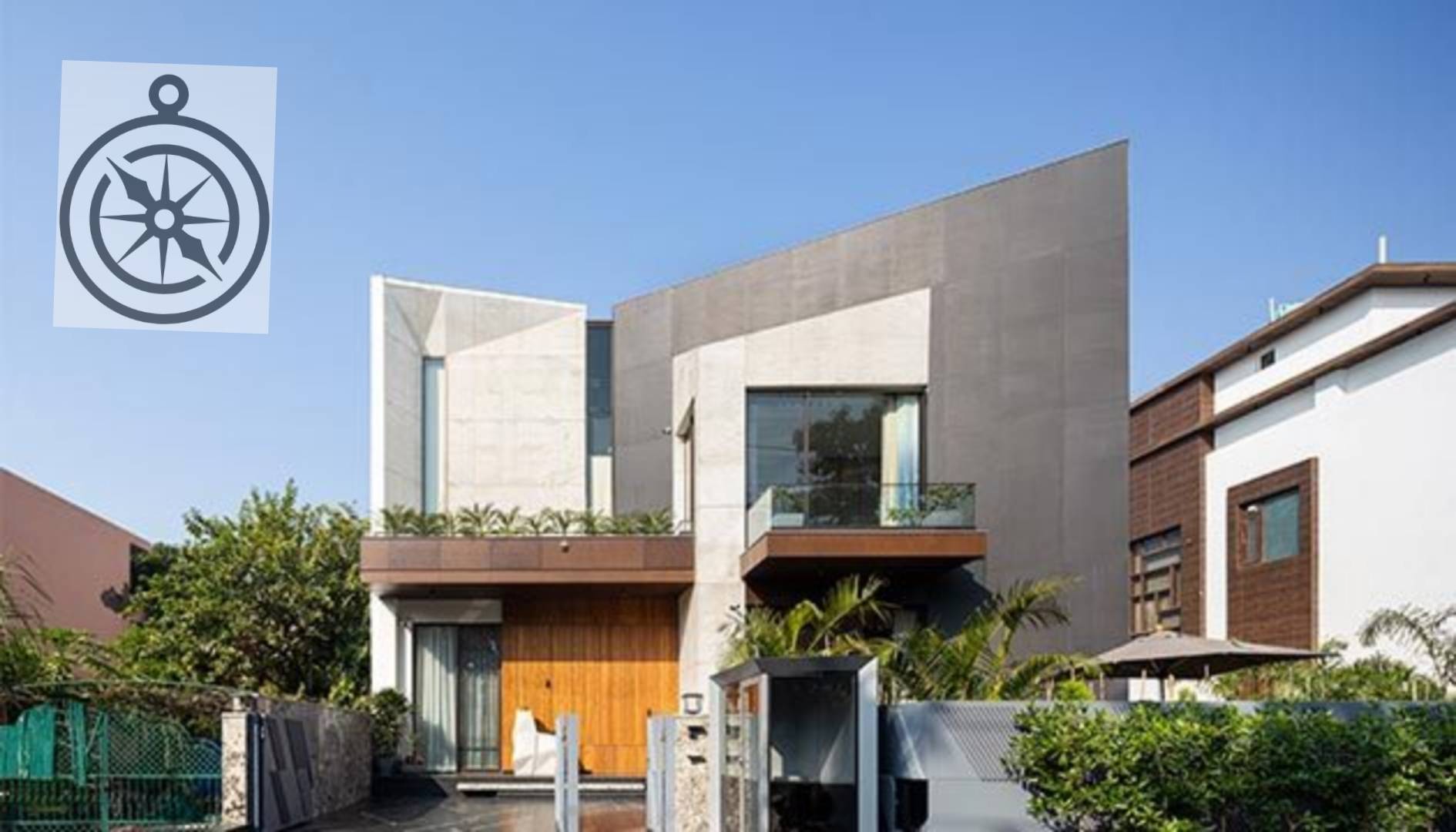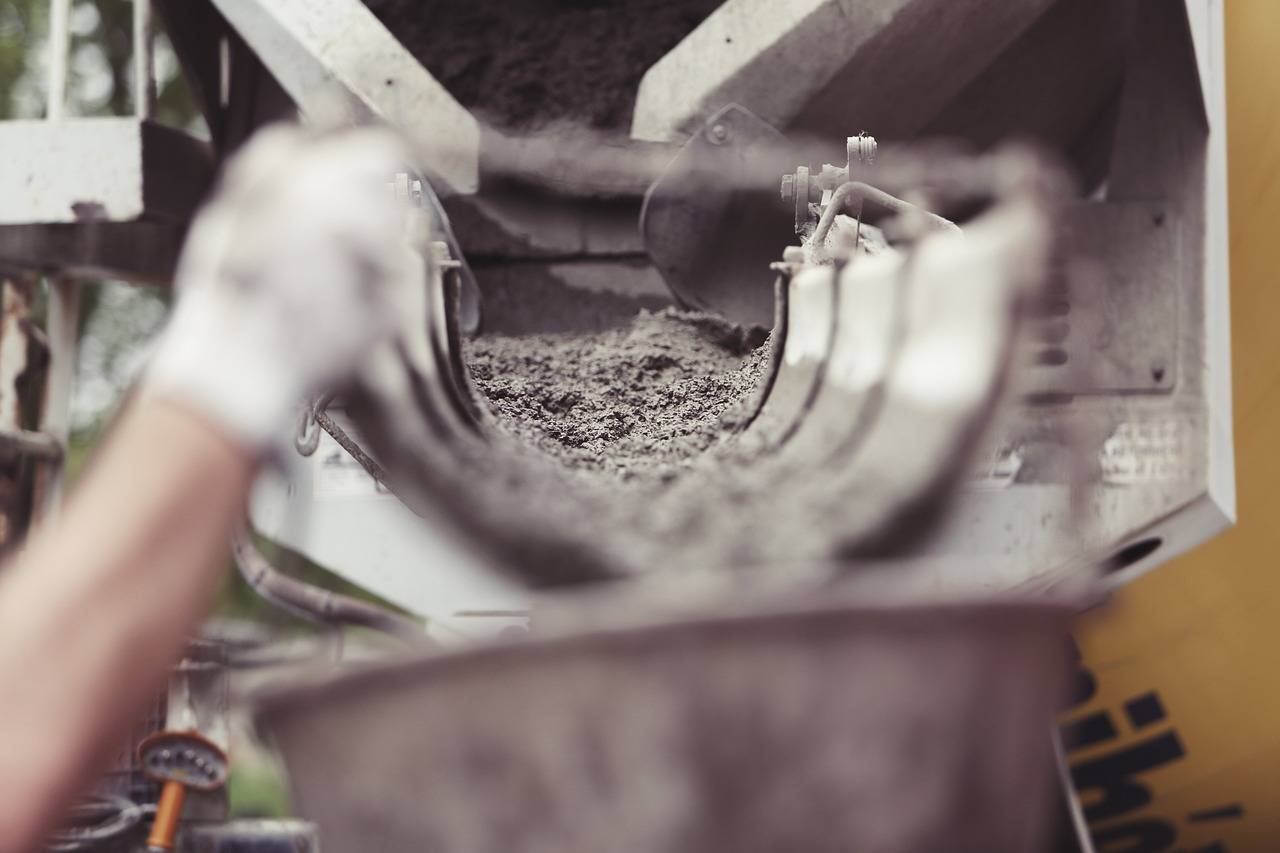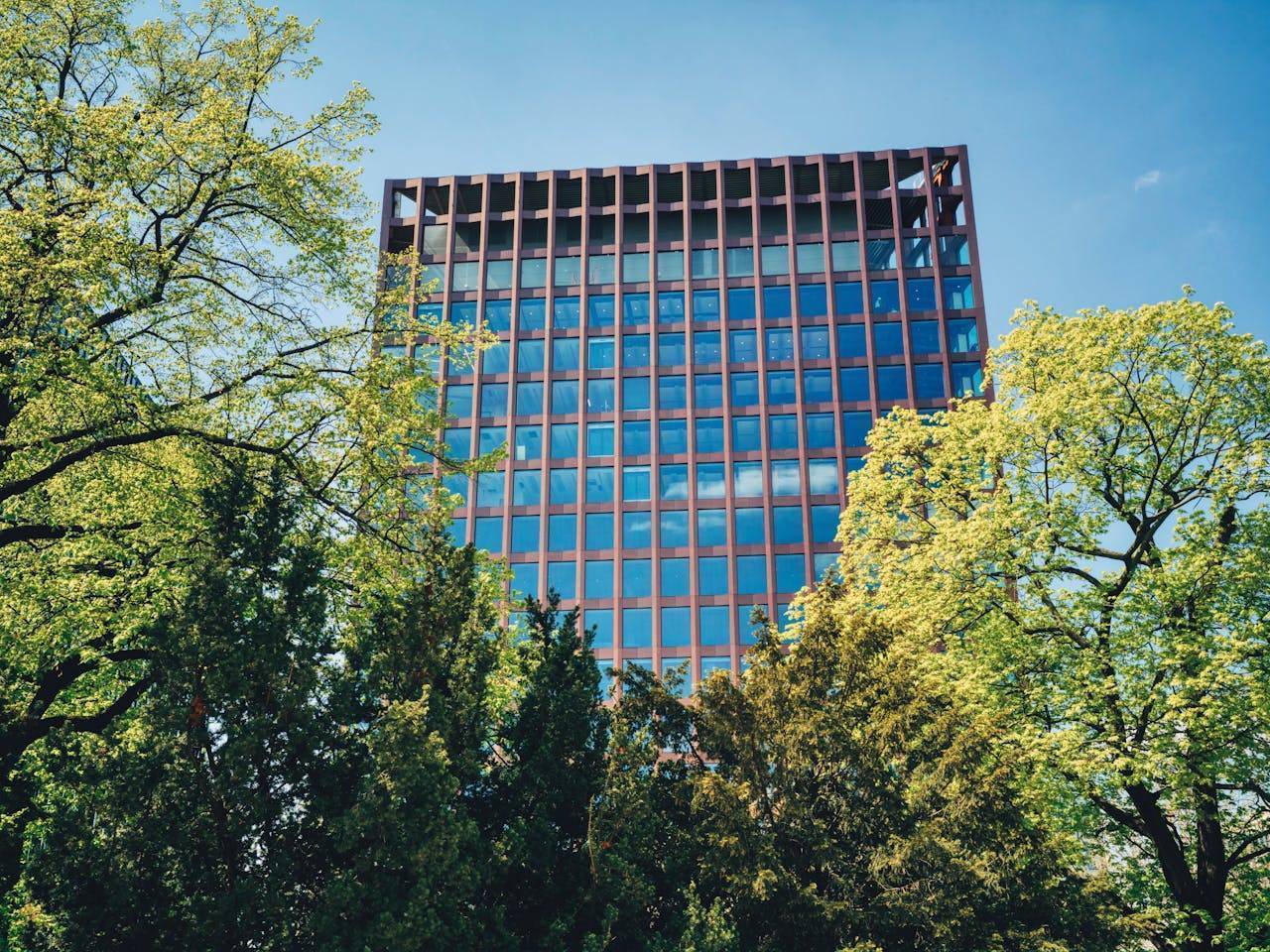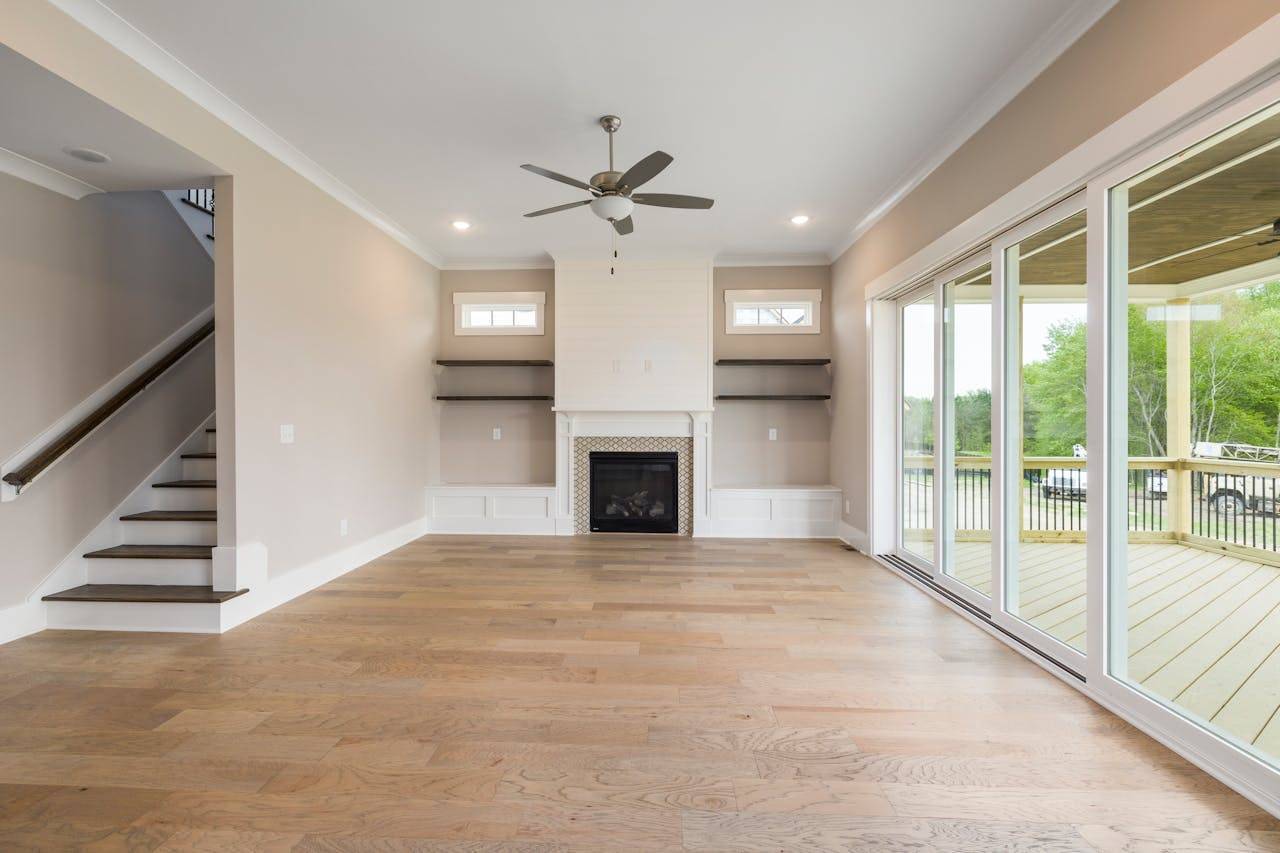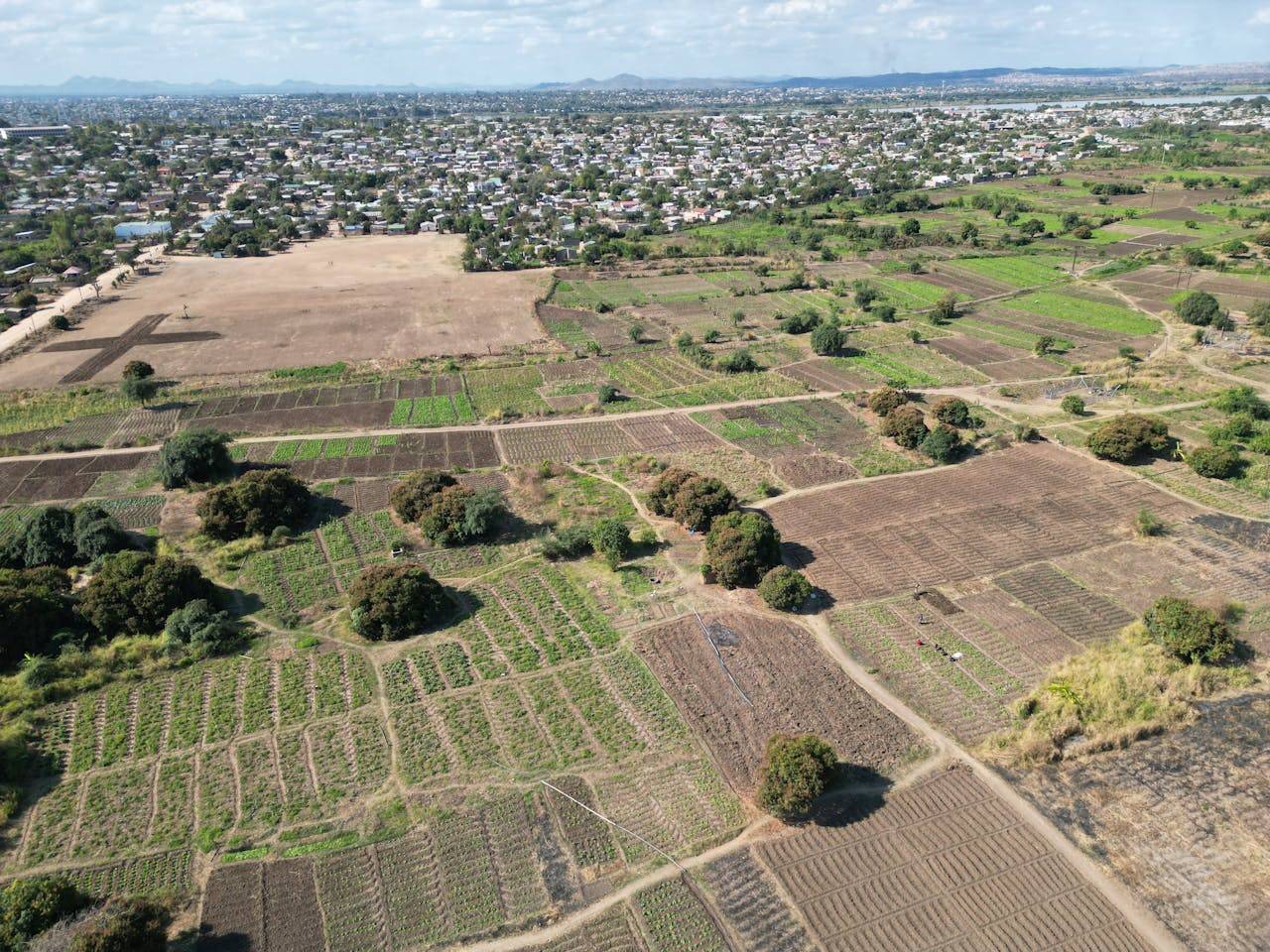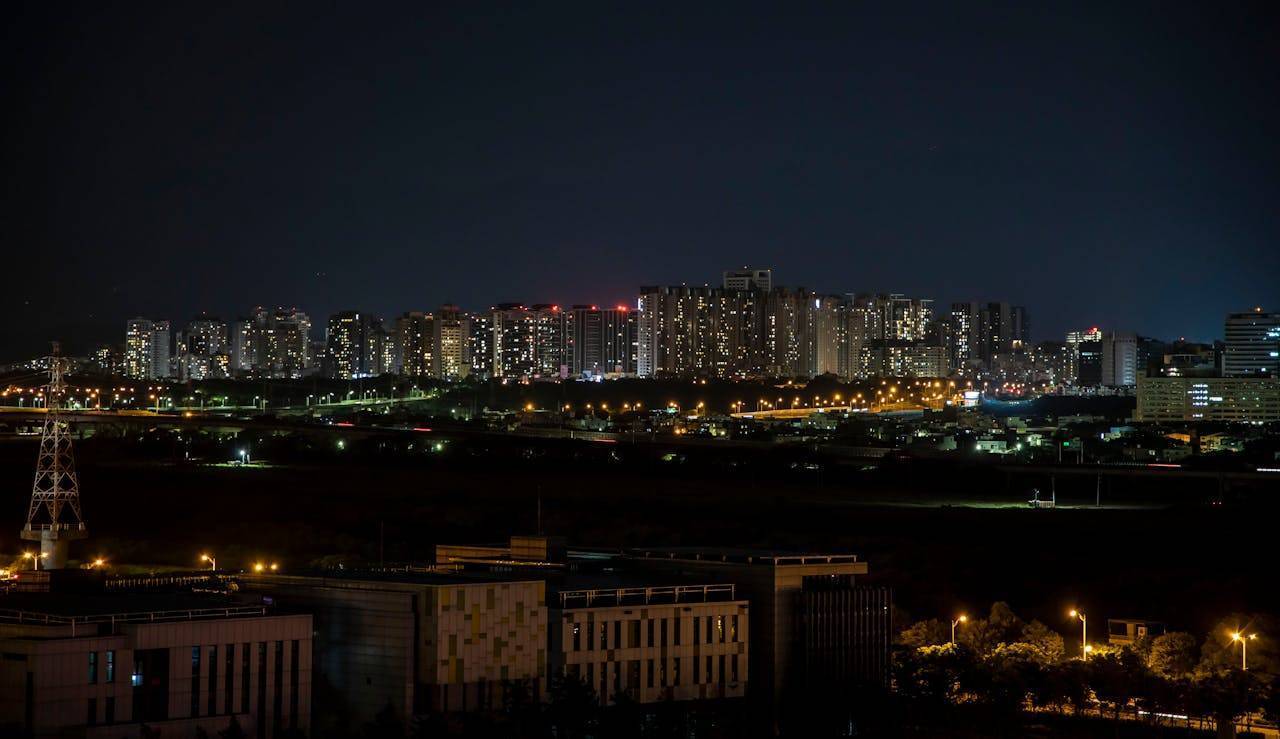South East facing house Vastu has a lot of myths surrounding it!
If you’re looking to buy a house or flat facing the South East, or you’re already living in one, this feature can be an eye-opener for you. It will guide you on how to design a South East facing house or check the Vastu for South facing houses.
Introduction
In the ancient Indian science of Vastu Shastra, the orientation of a house plays a crucial role in determining the energy dynamics of space. Each direction, or cardinal point, is believed to channel different types of energies that can significantly affect the occupants' lives.
Among the various house orientations, the South East-facing house holds a distinct position. While not always deemed the most auspicious, a South East-facing house can still offer unique advantages if designed and utilized according to Vastu principles. Understanding the importance of direction in Vastu Shastra and the specific attributes of the South East direction can help transform these properties into harmonious living spaces.
How to Determine if a South East Facing House is Good or Bad?
The direction of the fire element or Agni, South East is one of the most important Vastu directions which can attract both wealth and disease, depending on how you design it. Since time immemorial, fire has been considered sacred and is revered across civilizations. It is fire that has the power to purify everything in nature.
The authority of the sacred fire is so profound that the oldest available scripture in the universe – the Rig Veda – starts with the word Agni or fire.
“Agnimile Purohitam Yajnasya Devam Ritvijam”
Meaning of the mantra: According to the first mantra of Rig Veda, there is a self-effulgent fire which is the eternal support of all. Self-existed and the leader of all. Without fire, there is no activity. In the Hindu culture, no auspicious event is completed without the oblations to the sacred fire.
In modern times, the element of fire is equivalent to cash or money. Like the bright burning fire gives zeal and energizes everything around, a smooth cash flow makes one’s life comfortable and successful. Thus, Vastu Shastra lays special emphasis on balancing the fire element.
Characteristics of the South East Direction
The South East direction, governed by the Fire element, is associated with both challenges and opportunities:
- Element of Fire: In Vastu Shastra, the Fire element represents energy, transformation, and growth. This element can bring vigor and enthusiasm but also requires careful management to avoid stress and conflict.
- Deity Agni: The Fire deity Agni presides over the South East direction, symbolizing both purification and destruction. This dual nature of Agni means that while it can bring energy and ambition, it can also lead to tension if not properly balanced.
The Fire element’s influence can lead to health issues if not managed well, particularly affecting women’s health. However, it also fosters passion and motivation, which can be harnessed for personal and professional growth.
Vastu Plan & Design Tips For House Facing South East Direction
A South East facing house is one where the main entrance is oriented towards the South East direction. This direction is associated with the fire element, which holds both purifying and destructive potential. The position and design of various elements within the house can significantly impact the well-being and prosperity of its occupants.
Main Entrance Door Vastu
The main entrance is crucial in Vastu Shastra. For a South East facing house, the placement of the main door can either bring prosperity or invite trouble. The entrance should not be in the center of the South East as it can cause falsehood and commitment failures. Similarly, placing the door in the East of South East can lead to anger and excessive thinking without results, while positioning it in the South of South East may result in thefts, accidents, and unexpected financial losses. On the positive side, a door located in the "Pusha" zone can bring moderate success, particularly for those in jobs, while the "Vithatha" zone is associated with immense prosperity and smartness in getting work done. To mitigate negative effects, painting the entrance red and applying specific Vastu remedies based on the exact positioning are recommended.
Kitchen Vastu
The kitchen, representing the fire element, should ideally be located in the South East direction, with the South being the second best. Recommended colors for the kitchen include shades of green, brown, beige, and maroon. The kitchen should avoid North East and South West directions as these can cause financial and relationship problems. Ideally, cooking should be done facing East, and black granite slabs should be avoided.
Bedroom Vastu
The placement of bedrooms in a South East facing house should be tailored to the occupants' professions and purposes. The North is suitable for finance professionals and brings new opportunities. The East is ideal for children and students, enhancing wisdom and knowledge. The South East is best for active professionals and is associated with beauty and creativity. The South provides a peaceful and relaxing environment, promoting general well-being, while the West is suitable for traders and real estate professionals as it promotes growth and wish fulfillment.
Staircase Vastu
The staircase should be carefully placed to avoid blocking energy flow. The best locations for a staircase are the South and South East. It is important to avoid placing an internal staircase in the Brahmasthan or directly opposite the main entrance.
Pooja Room Vastu
The Pooja room should be in a high-energy location, with the East and North East being the best directions. Natural materials like wood or natural stone should be used. The Pooja room should avoid common walls with toilets, and idols should be kept below 15 inches in height.
Septic Tank and Toilet Vastu
Incorrect placement of toilets and septic tanks can cause severe issues. Toilets should be avoided in the South East, Brahmasthan, North East, and South West. The best locations for toilets are the West of North West (WNW) and South of South West (SSW). Septic tanks should not be placed in the South East or South West directions.
Underground Water/Bore Well Vastu
For a South East facing house, underground water resources should be avoided in the front. The best locations are the East or West sides, depending on space availability. The South East to South West front directions should be avoided for underground water placements.
Pros and Cons of South East Facing Houses
Pros:
1. Longer Sunlight Hours: South East facing houses benefit from longer exposure to sunlight during the day. This can be advantageous in regions with colder climates as it helps to naturally warm the house, potentially reducing heating costs during winter months.
2. Energy Efficiency: With longer hours of natural light, the need for artificial lighting during the day decreases, leading to lower electricity bills. The natural warmth from the sun can also contribute to energy efficiency.
3. Gardening Opportunities: The increased sunlight exposure makes these houses ideal for gardening. Plants that require more sunlight can thrive in a South East facing garden, contributing to a vibrant and healthy outdoor space.
4. Good for Professional Growth: According to Vastu Shastra, South East facing houses can be beneficial for people involved in creative professions, beauty industry, and those who require high energy levels in their work.
Cons:
1. Increased Heat in Summer: During the summer months, South East facing houses can become excessively hot due to prolonged exposure to sunlight. This can lead to higher air conditioning costs as more energy is required to cool down the house.
2. Vastu Misconceptions: There are many misconceptions about South East facing houses being inauspicious. This belief can affect the resale value of the property, as potential buyers might be hesitant due to these prevailing myths.
3. Restrictions on Underground Water Tank Placement: Vastu Shastra advises against placing underground water tanks in the South East direction. This restriction can limit the options for placing essential utilities and might require additional planning and adjustments.
4. Potential for Legal and Financial Issues: Incorrect placement of key elements like septic tanks, toilets, and underground water resources in a South East facing house can lead to severe Vastu doshas, which are believed to cause legal troubles, financial losses, and health issues.
Conclusion
South East facing houses, while often surrounded by myths, offer significant advantages such as abundant sunlight, energy efficiency, and benefits for certain professions. However, it also presents challenges like increased heat during summers and specific Vastu Shastra concerns. By understanding the pros and cons and incorporating strategic Vastu tips—such as proper positioning of entrances, kitchens, and water resources, and careful use of colors and materials—homeowners can enhance the positive aspects and mitigate the negatives, transforming the house into a warm, vibrant, and prosperous home.
Disclaimer: The information in this article is based on traditional Vastu Shastra principles and is intended for general guidance only. Home owners and byers should consult with qualified vastu consultant before making any decisions based on this content.
Image sources- buildofy.com, pngkey.com

